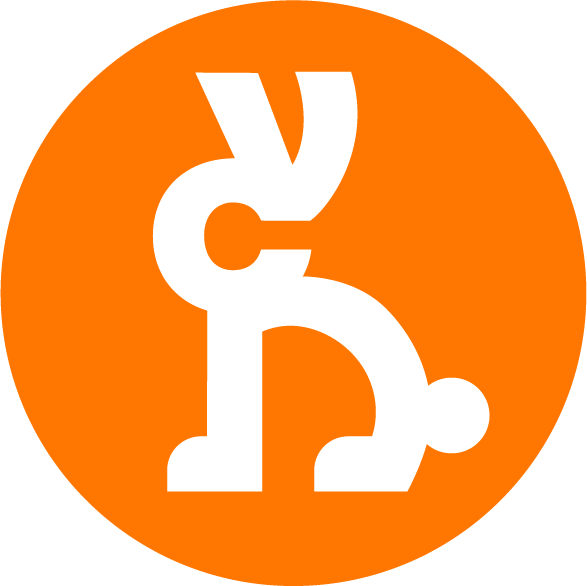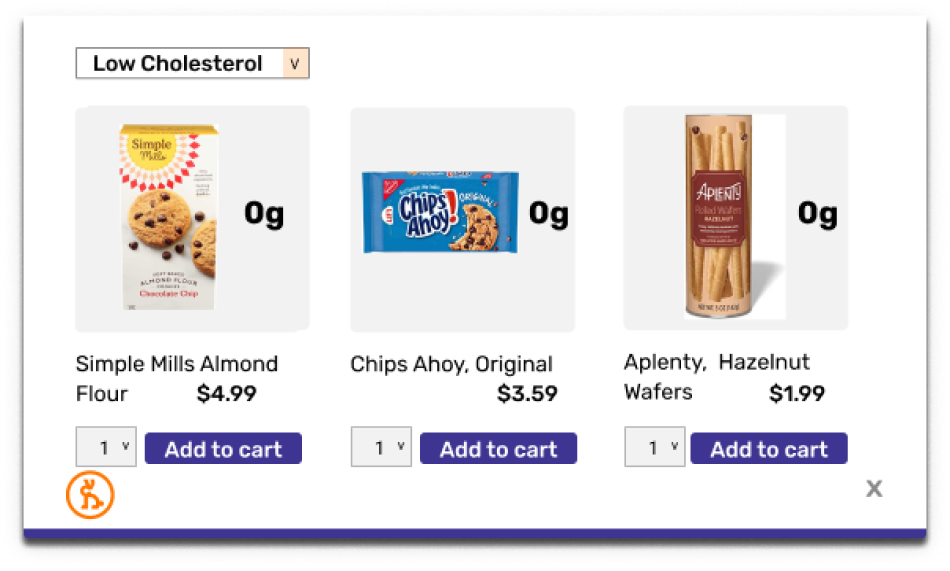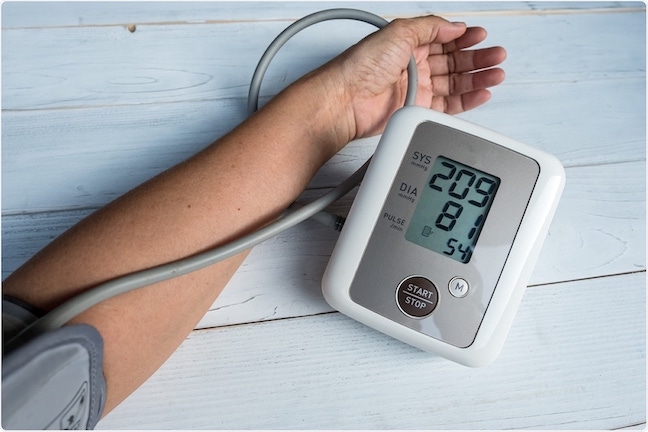Anyone who has been to a doctor’s visit has likely had to put their arm in a blood pressure cuff and sit quietly while a healthcare practitioner squeezed the cuff tighter and tighter on their upper arm. With the release of the pressure of the cuff, the practitioner reads off a number – something like “120 over 80” – and then moves on to the next part of the exam.
But what exactly is “120 over 80” and why is it so important? What happens when those numbers creep higher and you’re diagnosed with something called hypertension?
What is hypertension? Is It the same as high blood pressure?
Before talking about what hypertension is, it’s important to understand what blood pressure is. Blood pressure is the amount of force blood exerts on the arteries of the body when the heart pumps. The top number (the “120”) is the systolic blood pressure, or the pressure in the arteries when the blood is pumped away from the heart, while the bottom number (the “80) is the diastolic blood pressure, which is the pressure inside the arteries when the heart is at rest between beats.
While everyone’s blood pressure rises and falls constantly throughout the day depending on many factors like physical activity and stress levels, a consistently higher-than-normal blood pressure means you have hypertension.
While it may not seem like a big deal, especially since hypertension itself is often silent (it has no obvious outward symptoms), your heart ends up working a great deal harder to pump the body’s blood. The harder your heart has to work over time, the more likely it becomes that you will have a stroke, a heart attack, or problems with your kidneys and eyes, which both rely on normal blood pressure to function properly.
What my blood pressure reading means
Since hypertension can have such serious effects on the rest of your body, if you’re diagnosed with it, your healthcare provider will likely recommend that you monitor your blood pressure at home. They can help you choose which one to buy and they are typically covered by health insurance. But, if you have a blood pressure monitor at home, what are you looking for and what do the numbers tell you? The chart below, published by the American Heart Association [heart.org], is handy for remembering what counts as low blood pressure (consistently low readings could mean you have something called hypotension, which is a different diagnosis than hypertension), normal blood pressure, and elevated blood pressure. Remember that your blood pressure changes many times throughout the day, so choosing a time that is as consistent as possible day-to-day (like right when you wake up or right before bed) is important to understand if lifestyle changes or medications are having the desired effect of lowering blood pressure over time.
[https://www.heart.org/en/health-topics/high-blood-pressure/understanding-blood-pressure-readings]
Who can be diagnosed with it? Is it reversible?
According to the CDC (Center for Disease Control), nearly 50% of all Americans suffer from hypertension. Like many chronic conditions, genetics contribute to whether or not you’ll end up with this diagnosis; however, there is a very heavy lifestyle component to hypertension as well, and it can be reversed – which is good news! That means with some targeted tweaks to your daily routine and that with the right foods in your pantry and on your plate, you can reduce your blood pressure. It could even mean you could work to get off of medication or prevent needing medication to help control your blood pressure in the first place.
Lifestyle Changes that impact hypertension
If you’re diagnosed with hypertension, you may need medication to help control your blood pressure, at least at first. However, research has shown that regular physical activity, stress reduction and eating a varied, well-balanced diet low in sodium, can have a huge positive effect on reducing blood pressure. All of these lifestyle factors help strengthen the heart muscles and reduce the strain on them, allowing the heart to pump blood more efficiently around the body – literally taking the pressure off one of the most important organs in your body.
Including more regular physical activity in your daily life or working to reduce stress levels with mindfulness exercises, talk therapy or the aforementioned physical activity is an important step, but making dietary changes is equally important in helping manage hypertension.
Sodium and Hypertension
If you’ve been diagnosed with pre-hypertension or hypertension, your healthcare provider likely gave you some guidelines that usually include the following:
Limit daily sodium intake to 1500mg or less
Look for foods with 140mg or less of sodium per serving
Eat a diet rich in fruits and vegetables
But that’s a lot of numbers to remember and what does it all mean? How can you identify foods that meet these criteria to purchase during your grocery shopping? What is sodium in the first place and why does it matter?
Sodium, found in the blood and lymph, is a necessary mineral and electrolyte used in the body to maintain blood pressure as well as help conduct nerve signals and contract muscles. While it’s necessary for our body to function properly,
Sodium is usually consumed in the form of salt (sodium chloride, NaCl), either as table salt or as an ingredient in processed foods. Most of the sodium in our diets comes from the latter – processed foods like deli meats, crackers, baked goods, frozen meals, soups, cheese, and condiments like ketchup. It’s estimated that even if food manufacturers cut the sodium content of foods by 25%, Americans would still be consuming more than the recommended amount of sodium per day (which is 2300mg or less for someone with normal blood pressure).
Foods to Include on your Grocery List
A diet that is predominantly made of whole foods like fruits, vegetables, whole grains and lean proteins will naturally be lower in sodium. When buying convenience foods, condiments and snack foods, however, it’s important to be a savvy shopper. Reading the nutrition label for sodium content is important, as is understanding the claims made on many foods labels.
Luckily, with a tool like Vitalcart, you can more quickly identify the foods that meet these criteria, making grocery shopping easier and faster and giving you the peace of mind that you’ve made more healthful food choices. And hopefully with that extra time you can squeeze in a quick walk and log those physical activity minutes!

People ask Vitalcart for grocery tips each day. We get the best finds for each health goal and share them live with you.

The shopping assistant that makes nutrition planning easy.

